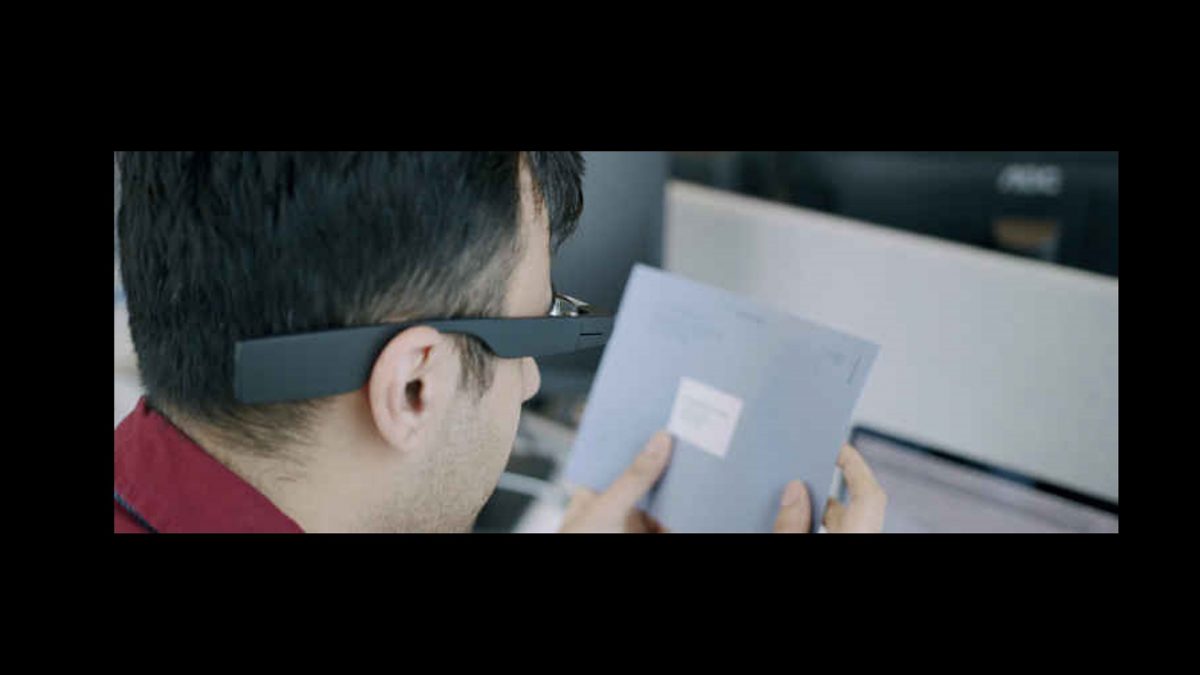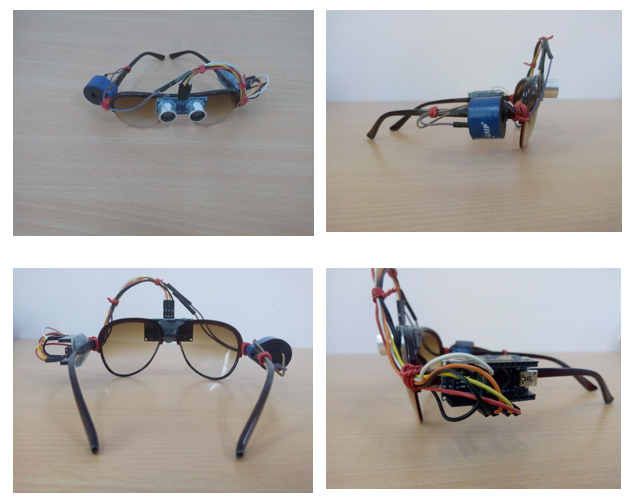Ingenious Solutions in Assistive Technology for Visual Impairment
The landscape of assistive innovation for visual disability is developing quickly, providing a variety of ingenious options that improve ease of access and independence. From advanced smartphone applications that assist in navigating to wearable tools made for real-time assistance, these tools are reshaping the experiences of those with aesthetic problems.
Advancements in Smart Device Applications
Over the last few years, developments in smartphone applications have considerably transformed the landscape of assistive technology for individuals with aesthetic problems. These applications utilize the powerful sensors and capacities of modern-day mobile phones to offer users with tools that boost freedom and accessibility in their day-to-days live.
Significant among these innovations are applications made for item recognition, which use the smartphone's camera to recognize items and give verbal descriptions. Such attributes equip customers to navigate their settings better, whether identifying products in shops or locating individual possessions in the house. Furthermore, text-to-speech applications have improved substantially, making it possible for users to record published message with their device's electronic camera and get instant sound responses, thus promoting reading and understanding.
Community-driven applications have promoted social communication and source sharing among people with aesthetic problems, developing a helpful network that improves their quality of life. Generally, smart device applications have actually come to be crucial allies in promoting autonomy and accessibility for people with visual problems.
Wearable Devices for Navigating
Wearable gadgets for navigation have arised as a groundbreaking service for people with aesthetic problems, supplying hands-free support that boosts wheelchair and alignment. These gadgets normally make use of innovative technologies, including GPS, ultrasonic sensors, and expert system, to give real-time feedback and direction to individuals as they browse their setting.
One notable example of wearable navigating modern technology is clever glasses, which can discover barriers and relay auditory or haptic responses to the user, enabling secure and efficient activity in various settings. Other devices, such as belts and vests equipped with sensing units, can likewise inform individuals of their environments by offering alerts regarding close-by items or changes in terrain.
In addition, numerous wearable devices incorporate with mobile phone applications, making it possible for users to tailor their navigation preferences and obtain customized path suggestions. This customization can considerably boost the user experience, equipping individuals to travel with better confidence and self-reliance.
As innovation remains to develop, the potential for wearable navigating tools to boost the lifestyle for people with aesthetic impairments remains significant, leading the way for more available and inclusive settings.
Smart Home Technology Integration

Furthermore, smart home appliances equipped with responsive interfaces or acoustic feedback provide instinctive interactions that provide especially to the requirements of those with visual problems. Wise refrigerators can reveal their components and expiration dates, while clever stoves can assist users with the cooking process with audio guidelines.
Home automation systems, such as smart doorbells and protection cameras, use comfort by permitting users to obtain informs and accessibility live feeds using their mobile devices, boosting individual safety click this site (AI-powered visual aids). Furthermore, integration with tablet computers and mobile phones makes certain that customers can manage their home environment from anywhere within their premises
As wise home innovation remains to evolve, it holds the possible to change the living experiences of individuals with aesthetic disabilities, fostering freedom and enhancing high quality of life in an increasingly linked world.

Educational Equipment and Resources
Access to reliable academic tools and resources is critical for people with aesthetic disabilities, as it empowers them to engage completely in their learning experiences. Various assistive modern technologies have been developed to boost access and foster independent discovering.
Furthermore, academic software application particularly created for visually damaged individuals offers features such as high-contrast modes and personalized text dimensions. These tools accommodate diverse understanding designs and ensure that students can customize their educational experience to their needs.
In addition, accessibility to digital libraries and audio books broadens the range of offered learning materials, enabling pupils to check out subjects extensive without the restrictions imposed by traditional print sources. Collective systems that incorporate access functions additionally promote team jobs, making sure that visually damaged pupils can contribute meaningfully alongside their peers.
Neighborhood Assistance and Engagement
A robust network of community support and engagement is necessary for individuals with aesthetic disabilities, promoting an inclusive setting where they can prosper. Community organizations, neighborhood advocacy groups, and volunteers play an essential role in giving sources, info, and friendship, which are important for enhancing the lifestyle for those influenced by aesthetic impairments.
Interaction tasks such as workshops, get-togethers, and support groups not only assist in skill growth but likewise promote social communication, lowering feelings of isolation. These campaigns encourage people to share successes, why not look here challenges, and experiences, thus enhancing area bonds. In addition, collaborations with local companies can result in higher accessibility in public areas, additionally integrating people with site aesthetic disabilities into the area.
Modern technology also enhances community engagement via on the internet platforms that provide online support groups and resources, allowing people to attach no matter of geographical barriers. By using both in-person and electronic remedies, areas can produce a detailed support network. Eventually, fostering collaboration amongst different stakeholders-- including families, educators, and medical care experts-- makes certain that people with aesthetic problems get the holistic assistance needed to navigate life properly and with self-respect.
Verdict
Ingenious remedies in assistive technology for visual problems significantly improve the top quality of life for individuals facing these difficulties. The assimilation of smartphone applications, wearable devices, wise home technology, and academic devices cultivates greater independence and availability.
The landscape of assistive modern technology for aesthetic impairment is developing quickly, offering an array of innovative solutions that improve ease of access and self-reliance. Community-driven applications have actually promoted social communication and source sharing amongst people with visual problems, producing an encouraging network that enhances their top quality of life. In general, smart device applications have actually become essential allies in promoting autonomy and ease of access for individuals with aesthetic impairments.
Several people with aesthetic problems are locating higher autonomy with the assimilation of wise home modern technology.Ingenious options in assistive modern technology for aesthetic problems significantly enhance the quality of life for people dealing with these difficulties.